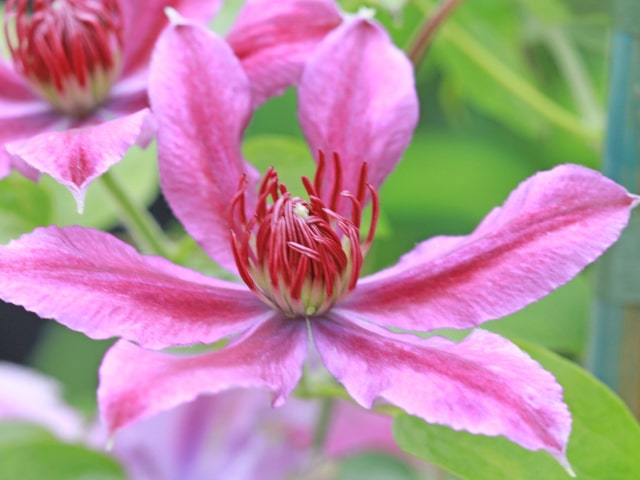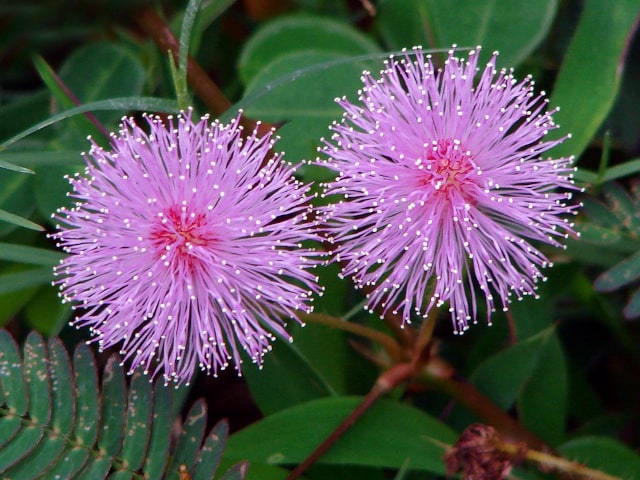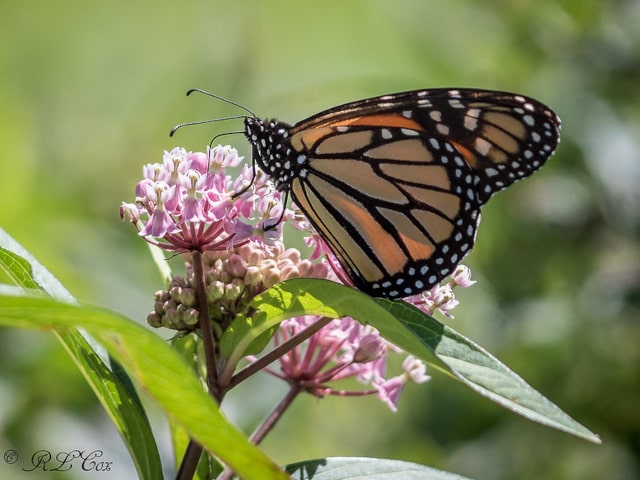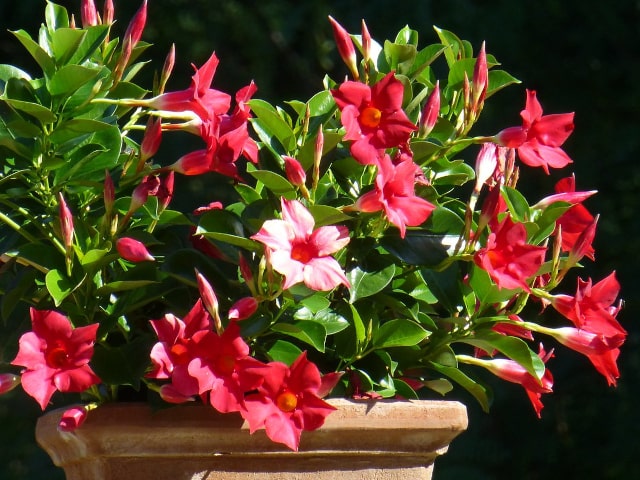
Clematis is a gorgeous vine many people choose to have in their gardens. It is undeniable that Clematis plants are very striking, and they are often praised for their beautiful flowers. In fact, most people who grow Clematis in their garden, do this because they wish to enjoy the flowers.
So, what to do if your Clematis vine keeps producing new stems and leaves, but no buds and flowers? How to get Clematis bloom effectively? Keep in mind that even healthy plants can sometimes refuse to give flowers. Luckily, there are some common problems that can be easily addressed so you can get your Clematis flower as soon as possible.
Get Clematis Bloom Effectively
If you want to get Clematis bloom, you need to be aware of the common reasons why your plant refuses to give flowers. Once you have identified the problem, you can do something about it. Luckily, most issues are easily fixable, so you can get your Clematis bloom in the next season.
There are also numerous things you can do to prevent future issues, so you never run into a situation where your plants are stressed and not producing flowers.
Keep in mind that there are four most common reasons for your Clematis not flowering. To get Clematis bloom, it is first important to check for these issues. These common reasons are: nutrient imbalance, improper pruning, inadequate amount of light, and the plant being simply too young to flower. Also, keep in mind that the issue might be a combination of these factors, so you need to take that into account when trying to get Clematis bloom.
Another thing to remember is that there are simply some Clematis plants that do not produce flowers. They might be a bit weak, or stressed, or not healthy enough, but even a healthy Clematis will sometimes refuse to give flowers. If your Clematis never bloomed, it might be such a plant that simply doesn't flower.
How to Get Clematis Bloom with Pruning
Improper pruning is one of the most common reasons for Clematis vine not giving flowers. If you prune your plant late in the year or in early spring, it is possible that you removed stems with flower buds. Your Clematis vine produces flower buds and if you remove them, it will not be able to flower in the following season.
To avoid this, you need to approach pruning properly. In order to do this without issues, you need to know that variety of Clematis vine you have. Some varieties form their blooms on the new growth, while others do it on the old growth. This will determine when it's safe to prune your plant without removing flower buds.
Introduce Proper Nutrients
Another common problem might be improper nutrients. If your Clematis plant receives a wrong type of nutrients or a fertilizer, it might grow vigorously, but not produce flowers. This should be suspected if you can tell that your Clematis is healthy but doesn't give blooms.
This can be an issue with the soil, particularly in terms of nitrogen imbalance. Too much nitrogen can make your Clematis produce a lot of leafy green growth, but at the expense of flowers. If this happens it might be useful to test your soil and remedy this problem if there is indeed too much nitrogen in it.
It can also be a consequence of improper fertilizer. Keep in mind that typical all-purpose fertilizers are often too high in nitrogen and they can prevent the plant from flowering. To get Clematis bloom, it is best to use a slow-release, nitrogen-low organic fertilizer during the growing season.
Give Your Clematis Enough Light
Too little light might be another reason why your Clematis vine refuses to give flowers. Keep in mind that these plants can grow in partial shade, but they need at least 6 hours of sun per day to thrive. A plant can only give flowers if it's thriving, so make sure you provide enough light to your Clematis to make it bloom.
In this situation, to get your Clematis bloom, it might be useful to transplant it to a brighter location in your garden so it can get all the light it needs to produce flowers.
Young Clematis Won't Bloom
Finally, keep in mind that the age of your plant might be a factor. Clematis vines that are too young, generally under 3 years old, are not likely to produce flowers, or they only give a few blooms per year.
If your plant is otherwise strong and healthy, its age might be the reason. A young plant will simply not be able to produce that many flowers. As it ages, its roots will grow, and your Clematis will develop a stronger ability to produce flowers.
If this is the case, simply wait some time and chances are that your Clematis vine will produce more flowers when it is 3 years old and older.
Photo credit: cattan2011




0 Comments